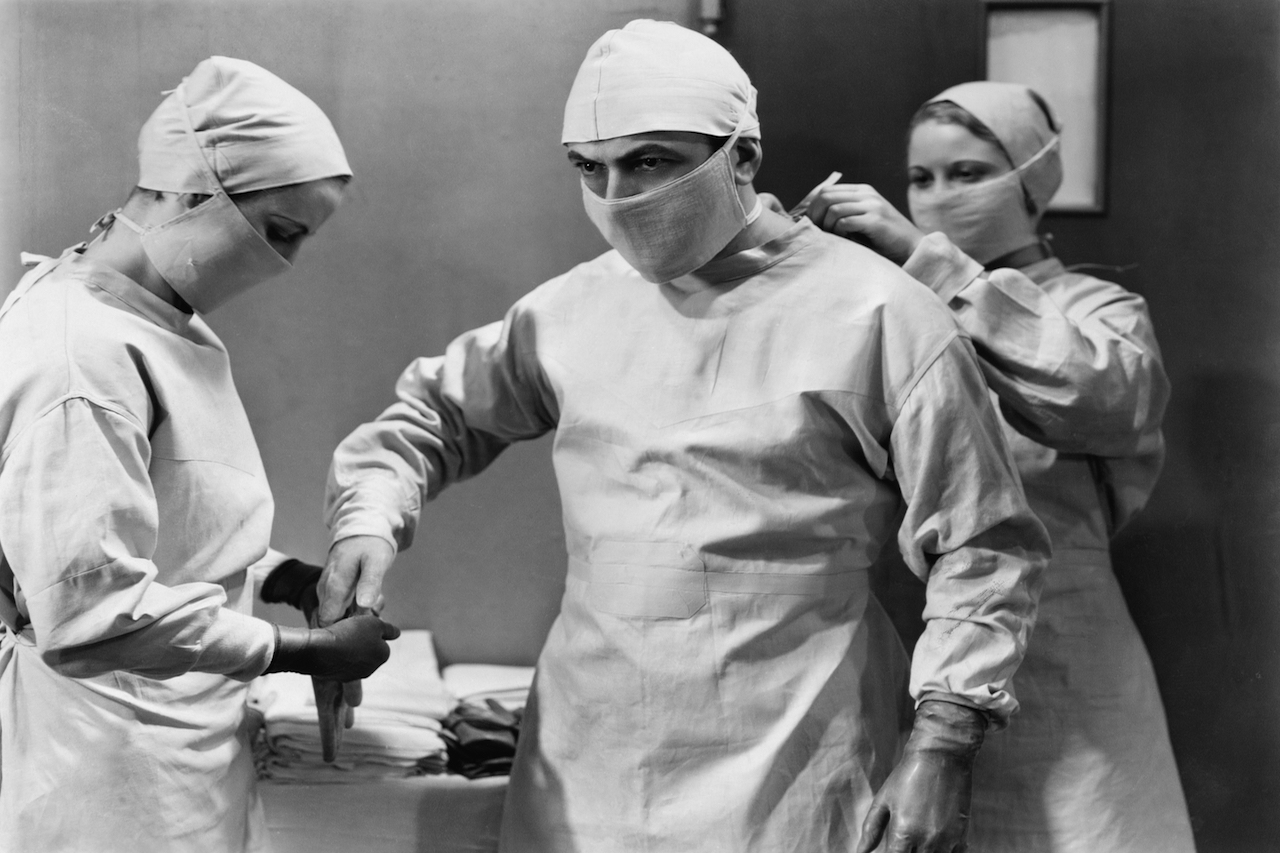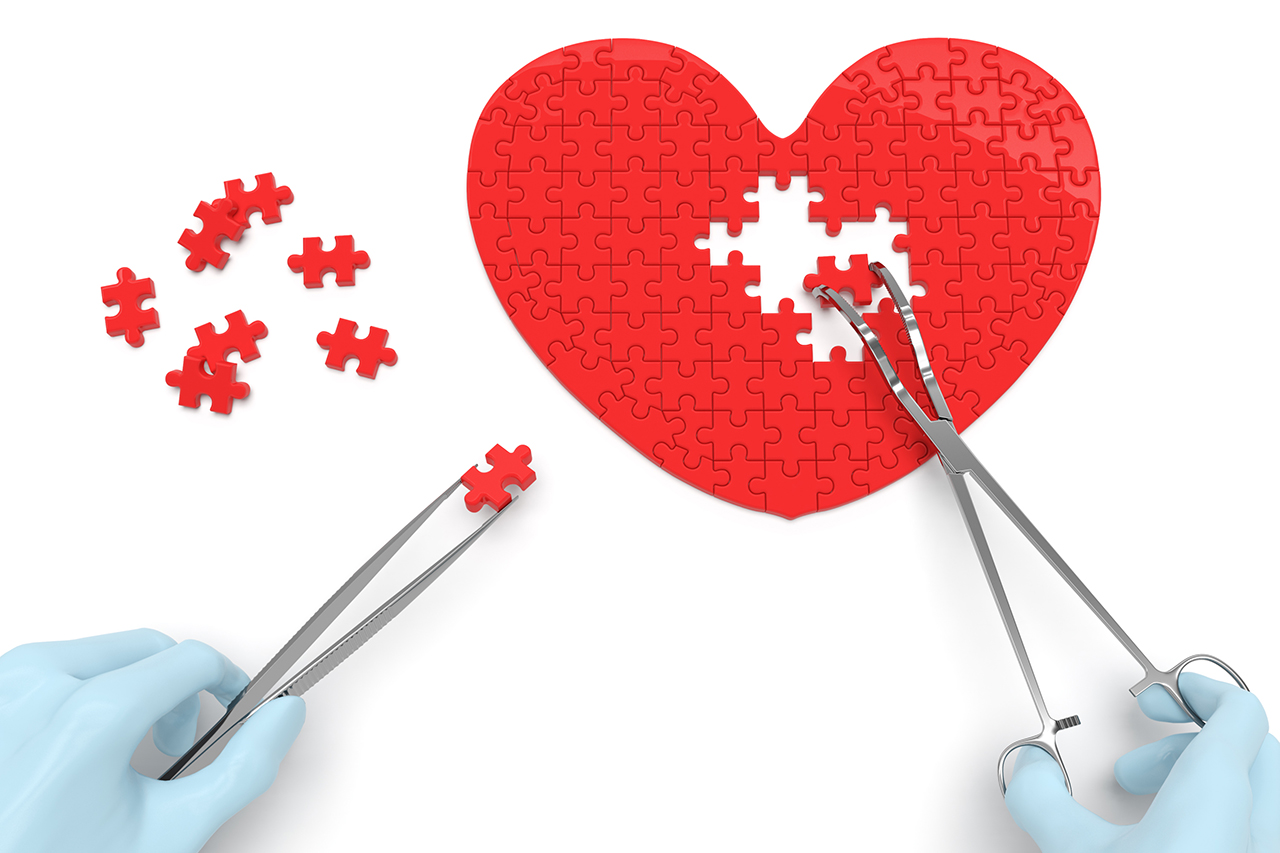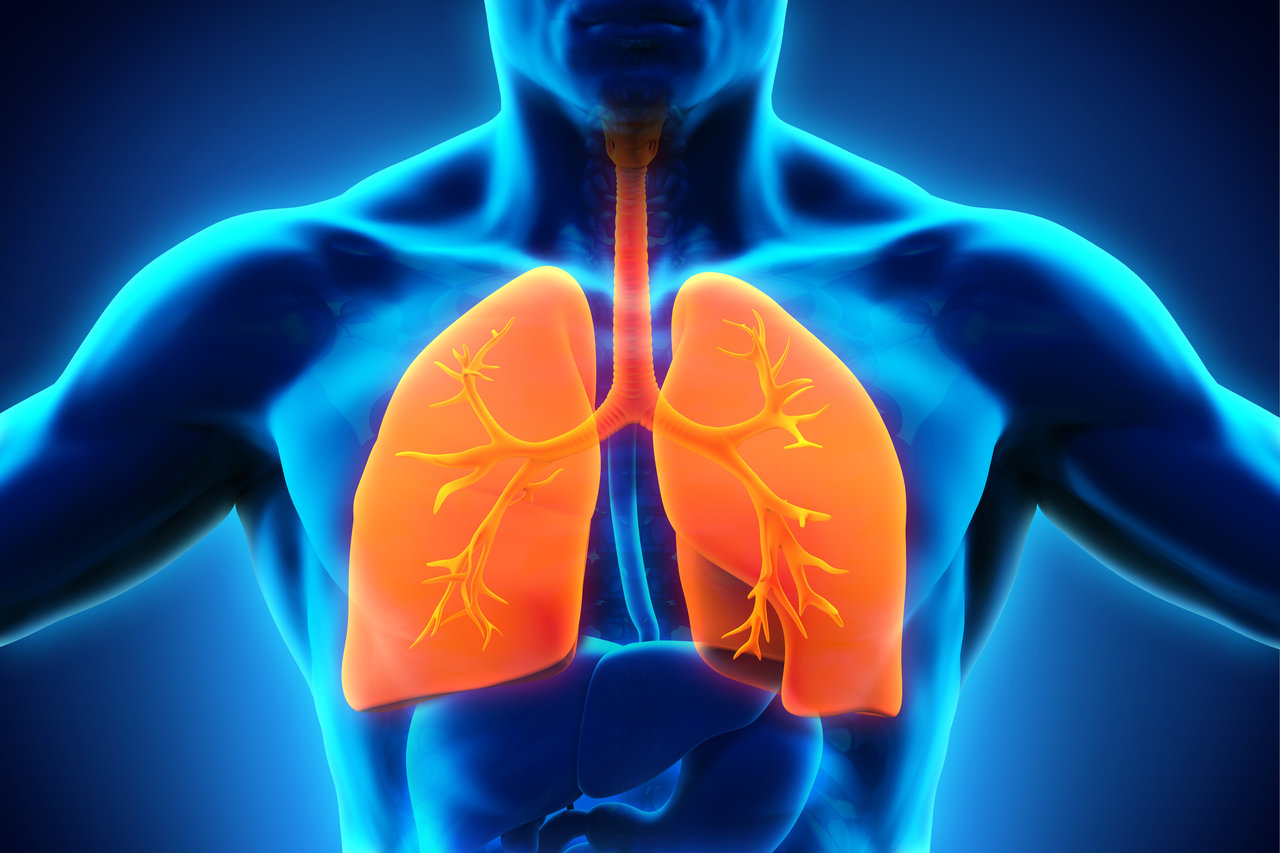Sternum Stabilization During Cardiac Rehab
Whether by devouring a book with a passionate eye for plot, rushing out of a movie theater to write a review for some lackluster storyline, or simply enjoying a favorite family narrative, we have all found it to be true: every tale has a beginning, a middle, and an end. Of course, books and movies aren't the only things to experience this uniformity--we see the same pattern in life. One such example lies in undertaking the journey that is heart surgery. Heart patients endure the beginning of the tale, the surgery itself, and then the middle, the healing process, and finally, the end--the recovery. Today, like any good writer, medical science has started to focus on that middle section, finding ways to minimize complications so that the story itself is smoother--and sternum stabilization is just one revolutionary answer.










